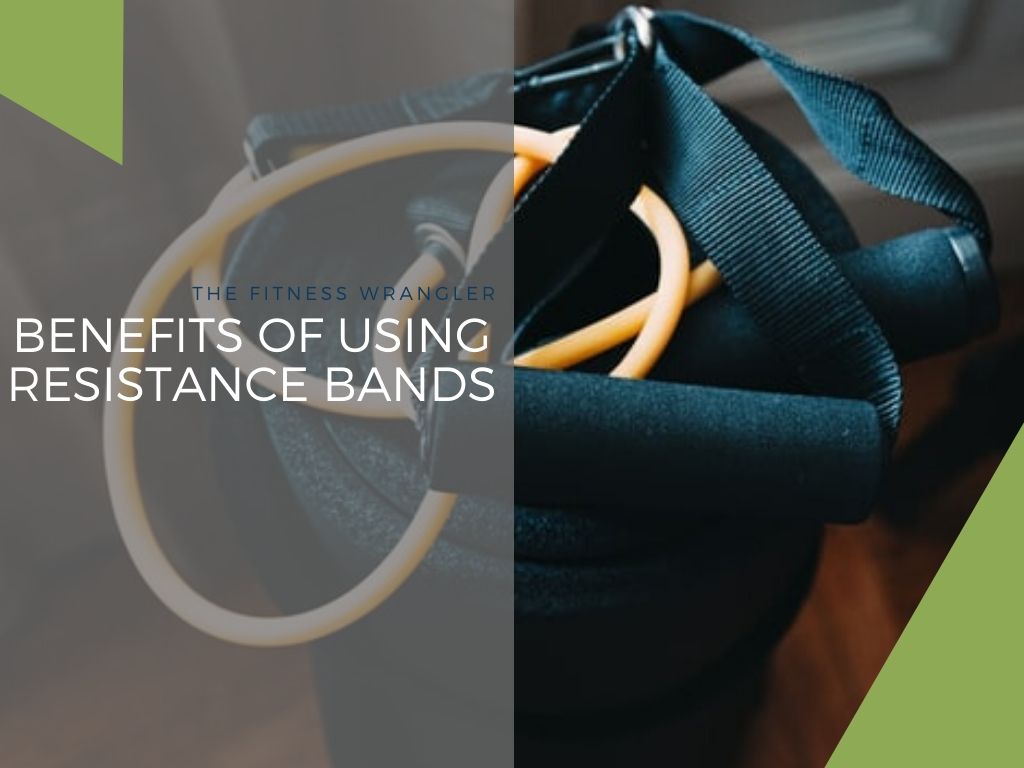There are affiliate links in this post where we’ll get a paid fee if you purchase something from that link – it won’t cost any more to you and in some cases may even save you money.
No one likes boring and bland cooking. Sometimes though, healthy cooking for fitness or low carb might come out like that if it’s not done correctly.
There are certain ways of integrating healthy ingredients into our cooking that can make a dish full of flavor without loading it up with calories.
White wine vinegar might just be one of those ingredients we can toss into our dish to give it that last bit of flavor to make it pop without loading it up with unhealthy junk.
The Fitness Wrangler is a website dedicated to real food and cooking/baking with minimally harmful products to help people take control of their fitness.
In this article we’ll look at what white wine vinegar is, uses for it and answer the question: “is white wine vinegar the same as white vinegar?”
Cooking With White Wine Vinegar: What You Need To Know
What Is White Wine Vinegar?
White wine vinegar results when the alcohol in white wine is exposed to oxygen, thereby translating the substance into acetic acid. This potent mixture is then mixed with water to create the white wine vinegar you can find in your local market.
This type of vinegar is popular for a number of reasons. While other types of vinegar can be quite strong and acidic, vinegar made from white wine tends to be more subtle. This makes it an excellent choice for use in recipes, since it won’t overpower the other ingredients. It’s also colorless, giving it an advantage over red wine vinegar, which can muddy the appearance of the finished dish.
Many consumers wonder if this vinegar contains alcohol, given that fact that it’s distilled from white wine. While it does contain trace amounts—usually 0.5 to 2 percent ABV, or alcohol by volume—most of the ethanol has been converted to acetic acid during the fermentation process. If you’re eschewing alcohol altogether, you might want to consider one of the non-alcoholic substitutions to white wine vinegar listed below.
Best Uses For White Wine Vinegar
White wine vinegar is well-suited to a variety of cooking applications, thanks to its mild flavor.
Frying Pan Cooking
As food is being cooked on a pan white wine vinegar can be added. It can add a glaze and flavor that makes food stand out.
Here’s a video on a recipe Chaz cooked with to make pork with a nice glaze. The wine wine vinegar is near the end and it’s quick but it gives you an idea of how it can be used with stove top cooking.
Sauces
Delicate egg sauces, such as hollandaise and béarnaise, often call for small amounts of vinegar. White wine vinegar is a superb choice here, particularly for béarnaise sauce, where the fruity undertones serve as nice complement to the anise notes in the tarragon.
Pickled Fruits and Vegetables
The translucent color and delicate flavor of white wine vinegar give it a definite edge when it comes to storing seasonal produce for later use. I find it to be an especially good companion for watermelon rind, although you can use it to pickle just about anything. If you prefer a stronger brine, try mixing it with distilled white vinegar.
Salad Dressings and Marinades
Vinegar made from white wine has a complex, floral taste, making it a superb partner for most salad ingredients. You can even use it as the base for a marinade for chicken or fish. Just remember not to leave fish in the marinade for too long, or the acidity will “cook” the flesh, giving it an unpleasantly mushy texture when it’s applied to the heat. For flaky fish, 30 minutes should be sufficient; firm, meaty fillets (such as halibut or tuna) can be marinated for up to two hours.
Is White Wine Vinegar The Same As White Vinegar?
White wine vinegar differs from regular white vinegar in a few subtle yet important ways. First of all, white vinegar is made from distilled corn rather than, resulting in a harsher, sour flavor. This difference also heightens the acidity level of the product—white vinegar typically has an acidity level of 5 to 8 percent, while white wine vinegar hovers at around 5 percent.
As mentioned above, you can expect to pay significantly more for a bottle of white wine vinegar than you would for a comparable amount of distilled white vinegar. That’s one of the main reasons why the regular stuff is more widely used for household cleaning projects, while white wine vinegar is reserved mainly for cooking applications.
What’s A Substitute For White Wine Vinegar?
Although white wine vinegar is a pantry staple in my house, there have been times when I’ve come up empty. In these situations, I needed to find a suitable alternative, and fast. The following ingredients can be used to stand in for white wine vinegar in a pinch.
Rice Vinegar
The sweet flavor profile of rice vinegar makes it an appropriate substitute for its wine-based counterpart, especially in marinades and salad dressings. If you don’t already stock this versatile ingredient, consider adding it to your grocery list—it will add a whole new dimension to your steamed vegetables.
White Wine
A light, aromatic white wine—such as pinot grigio—can easily pinch-hit for wine vinegar in sauces and glazes. Most of the alcohol will cook off when the sauce is applied to heat, but remember to use it sparingly in salad dressings or uncooked sauces.
Lemon Juice
If the recipe calls for just a teaspoon (or less) of white wine vinegar, it’s perfectly acceptable to swap in lemon juice instead. If you happen to have Meyer lemons on hand, their juice is milder and sweeter than that of a typical lemon, and makes for an even better substitute.
White Wine Vinegar: Product Reviews
Now that you’re familiar with the best uses for white wine vinegar, you’re ready to start reaping the benefits of this versatile product. Here’s the rundown on three of the most popular brands on the current market.
Colavita Prosecco White Wine Vinegar
Colavita distills its premier white wine vinegar using Prosecco, made with grapes from the Valdobbiadene region. The finished product has an acidity level of 6 percent, with a flavor profile that errs on the sweet side. It’s best suited for use on steamed or roasted vegetables, or as a dressing for salads made with chicken or fish.
Pros:
- Available in a generous quantity (17-ounce bottle)
- Affordable price point
- Well-balanced flavor
- Distilled from premium wine
- Attractive packaging makes for an appealing gift option
Cons:
- Relatively high acidity for a white wine vinegar
- Contains sulfites—problematic for those with allergies or sensitivities
- Usually available for purchase in two-bottle packs, which may give you an unwanted surplus
Giuseppe Giusti – Italian White Wine Vinegar
The Giusti brand, operating out of Modena, Italy, has been a leading producer of fine vinegars since the early 17th century. This makes them the longest-operating vinegar distillery in the world—a particularly impressive distinction, considering that the Modena region is renowned for its vinegar production.
Giuseppe Giusti’s Italian White Wine vinegar is aged in barrels made from French oak and ash, then neatly packaged in 8.45-ounce bottles. Distilled from wine made from Trebbiano grapes, it has a sweet, floral flavor, highlighted with notes of citrus. The must is included in the barrels during the distillation process, giving the finished product a rich, full taste. This vinegar has a relatively low acidity level, making it a lovely companion for seafood dishes.
I’ve had especially good luck when using it as a base for a salad dressing, particularly when the salad is topped with grilled salmon or shrimp. Giusti’s Italian White Wine vinegar is IGP certified, meaning that every bottle was produced in Modena (the “IGP” refers to “protected geographical indication”). Though this vinegar carries a hefty price tag, it can be used sparingly, which helps to justify the higher cost.
Pros:
- Excellent flavor, with subtle hints of citrus
- Comes from the world’s oldest vinegar production facility
- IGP certified
- Low acidity
- Eye-catching bottle and label design
Cons:
- Relatively high price point
- Low viscosity makes it difficult to reduce
- Bottle is on the small side, making it necessary to restock frequently
Mantova Italian White Wine Vinegar
As white wine vinegars go, Mantova Italian White Wine Vinegar is one of the most generic, although it does hail from an Italian company that’s been in business for more than 25 years. Mantova uses only locally sourced ingredients in the production of its vinegars, enlisting wooden casks for the distillation process. The result is a smooth, slightly sour vinegar that can be used in a variety of dishes.
With 6 percent acidity, this vinegar is a good candidate if you’re planning on using it to can fruits and vegetables, although it also adds a surprisingly complex dimension to sautéed mushrooms. Finally, if you like to buy your vinegar in bulk, then Mantova could be an appealing choice. Their 17-ounce bottles can be purchased in packs of four, giving you a healthy supply at a reasonable price.
Pros:
- Available in bulk
- Great value
- Suitable for use in canning
- Can be used in cleaning applications
Cons:
- High acidity for a white wine vinegar
- Flavor profile is not as subtle as some of the competition
- Banal package design
Conclusion and Next Steps
It’s vital to find good ingredients to cook with. It’s what we’re putting in our bodies and it matters down to every micronutrient.
When the alcohol in white wine is exposed to oxygen the substance turns into acetic acid and out comes white wine vinegar. It’s then mixed with water and delivered at the local grocery.
You can use it for sauces, pickled fruits, vegetables, marinades, pan cooking and more.
There are multiple options but three great ones are:
- Colavita Prosecco White Wine Vinegar
- Giuseppe Giusti’s Italian White Wine vinegar
- Mantova Italian White Wine Vinegar
Simply choose one from Amazon that grabs your attention, fits your needs and go from there!
The information in this article is for educational and entertainment reasons, it should not be interpreted as medical advice or as a recommendation for a specific treatment. Always talk to your doctor and in the event of a medical emergency one should seek the help of a qualified and licensed health care provider.














Leave A Comment